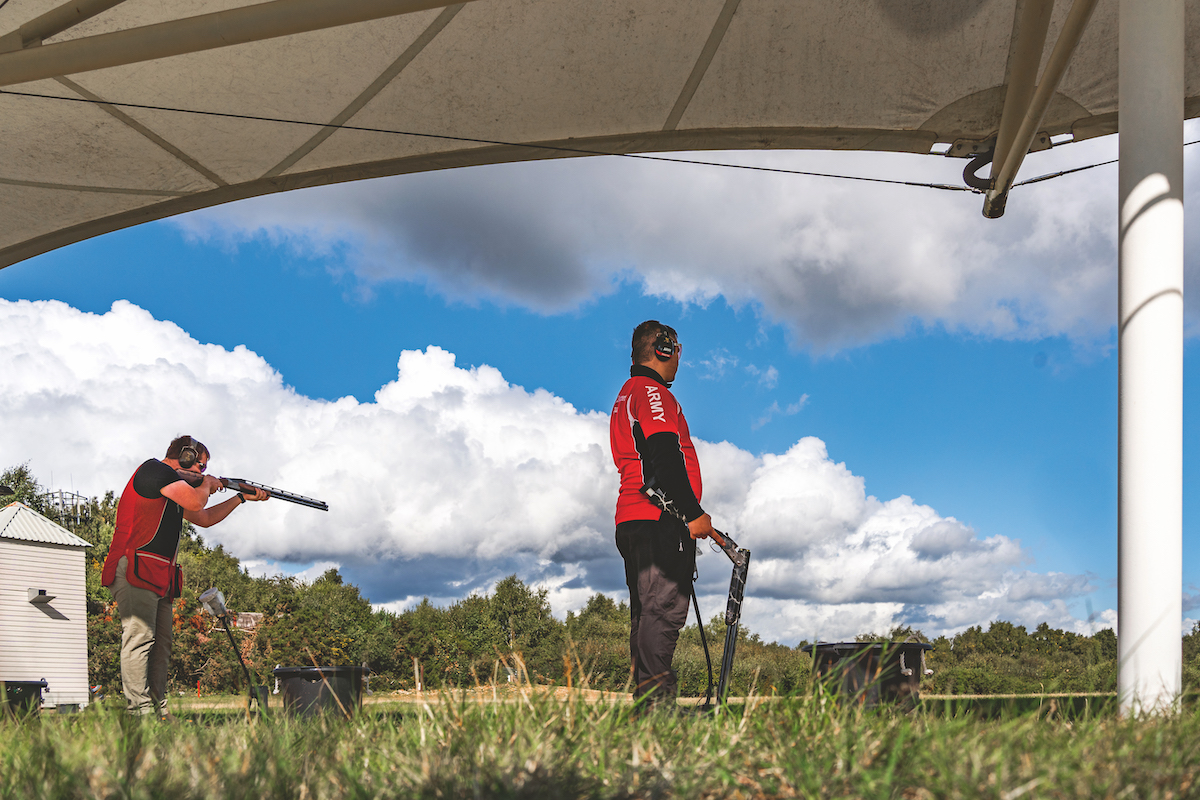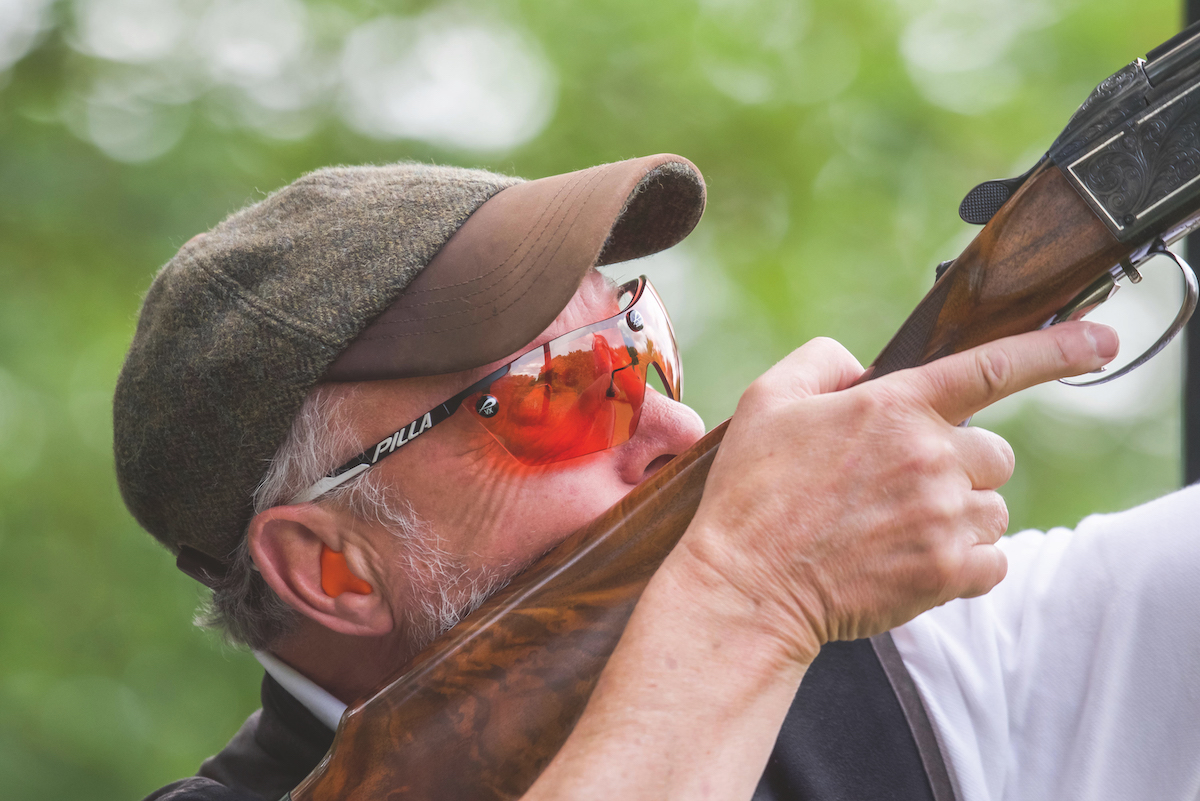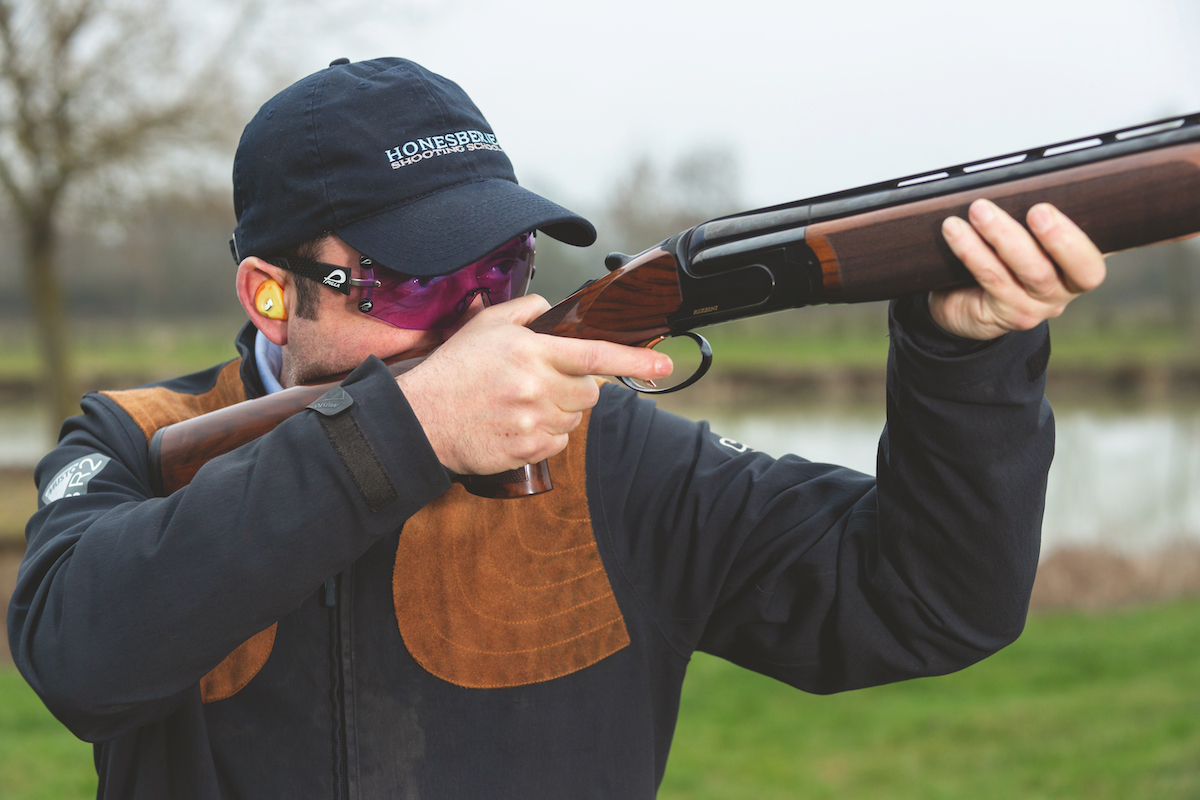Don’t train a young gun dog too soon!

I love doing private lessons with clients because the sessions reveal all sorts of interesting things – and not just those specific to the individual gun dog and its handler.
The lessons enable me to find out if the owner has grasped the concepts behind my training policies and also help me get a handle on the things that are of concern to the ‘average’ shooting man.
Take the subject of ‘suppressed dogs’ for instance. I used to come across this situation only rarely in the course of my work, but it’s now a problem that’s cropping up time and time again. The many owners I meet are proof of it.
Why?
I have given the matter much thought and I believe the likeliest cause is the temperament of the dog. In short, gundogs are becoming softer in nature and more susceptible to problems. That said, there’s a positive because the condition can actually make the dog more suitable for the average owner – especially if the animal is expected to be a pet for 90% of the time, and a worker for 10% of the time.
Pitfalls and problems
Unfortunately this can have some drawbacks, even though things generally seem to balance out in the end. The important thing is to be aware of the potential pitfalls. The combination of a soft temperament in a young dog and an owner that’s over enthusiastic to get started with training, can result in an ill-advised regime of strict, suppressive training, a regime that’s almost certainly wrong for a young puppy.
In due course this creates several other problems – and the owner hasn’t got a clue where they came from, or how they started.
And it’s usually at this stage that the dog’s handler decides to seek my help and come for a lesson.
By watching the dog’s reactions to his handler, and asking the owner a few questions, it becomes apparent the youngster is so suppressed he’s unlikely to do anything right. More to the point, it’s on the cards the dog won’t do anything at all – he simply doesn’t want to run the risk of doing something wrong!
However, this policy of early, suppressive training can work well with an outward-going, bolder dog. Unfortunately, it’s very difficult for the novice trainer to judge whether he has a bold ‘un, or an enthusiastic, but softer, young ‘un.
Retrieving
A simple question and answer session with the owner usually goes something like this:
Q: “Has the puppy ever retrieved?”
A: “Yes, when it was younger.”
Q: “Have you ever allowed the dog to run straight in when you throw the retrieve, encouraging it all the time?”
A: “No, I’ve never allowed it to run in because I don’t want it to do that later on.”
Q: “At what speed did it go out and pick the retrieves and return?”
A: “What do you mean? What speed?”
I then have to clarify the situation.
Q: “Did it simply walk, walk fast, or run flat out?”
A: “He only walks fast, he never runs out to a retrieve.”
Q: “So how did you steady your puppy or stop it from running in?”
A: “I threw the retrieve and then either held the puppy or had him on a lead, telling him ‘no’ in a firm voice.”
Eureka! We have now identified the root cause of the problem.
This youngster has never been encouraged to be enthusiastic and to enjoy retrieving. As such, retrieving has been turned into a chore. The remedy for this is quite simple, but some handlers are reluctant to follow the proper course: You must allow the youngster more freedom.
Encourage him with the retrieve – shake it in front of him and wind him up – then throw it a short distance. If he doesn’t go out straight away on his own accord, immediately encourage him to collect it and then lavish him with praise on his return. But don’t take the dummy off him, let the dog feel happy and confident about retrieving before gently relieving him of the retrieve. Repeat this exercise 2 or 3 times each session until the youngster regains his enthusiasm.
Having re-instilled the dog’s enthusiasm, you must now be careful in the way you steady him. A softly-softly approach is definitely needed in order to avoid suppressing the youngster again. This process can take anything from a few days to several weeks depending on the temperament of the dog and the severity of the initial training.
To re-steady the dog the best policy is to not dive headlong into making the dog 100% steady, but to take things a step at a time.
A good technique is to restrain the youngster for a few seconds the first time – probably with the lead, or by having your arm around his neck – and then gradually extend the amount of time you make him wait before sending him. Build on this process until you reach what you feel is an acceptable amount of steadiness.
Hunting
Another problem I encounter is the young spaniel that refuses to hunt. It’s usually because of over enthusiastic training when the dog is too young. A classic example is the owner who rigorously enforces a young pup to walk to heel as part of its early training. Fortunately this can usually be rectified easily, simply don’t make the youngster walk to heel, on or off the lead, for a number of weeks!
Another reason a dog won’t hunt can be because the owner has embarked on a course of steadying the youngster to the flush of game (either rabbits or birds) and has been too hard on the dog, or tried to do it too quickly.
This can sometimes be quite a long-winded affair to rectify, because the dog associates hunting and flushing with facing the anger and wrath of the trainer.
The best cure is a daily visit to a rabbit pen. Walk the youngster around, giving as few commands as possible, until such time as the youngster decides to show an interest in hunting and chasing the rabbits.
You then have to carefully re-steady the dog to the flush, but you must not be too severe in your tone of voice or actions.
Conclusion
These problems are easily and best avoided, simply by making all your training lessons fun and enjoyable for the dog, especially until it reaches six to 11 months old.
That’s why I always call this early part of a puppy’s education ‘play training’.
Another way of explaining the process you should be adopting is that you are guiding the puppy into enjoying the training – without him actually realising he is being trained!








